10 Of The Great Empires That Were Destroyed; From The Assyrians To The Mauryas
Today We Want To Introduce 10 Of The Great Empires Of The World That Have Been Destroyed. These Empires, From Assyria To Maurya, Held A Large Part Of The World That Included Different Ethnicities And Behaved Differently Than Modern Colonial Empires.
Undoubtedly, the largest empire in history in terms of area was the British Empire. This empire was so large that London officials described it as saying that the sun never set on their territory. Of course, Britain and other European countries such as France, Spain, and Germany did not care much about the people under their rule and had only set their goal to colonize them.
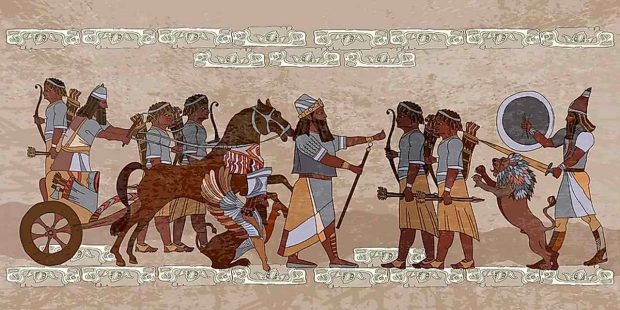
However, there have been many examples throughout history that did not act like colonial powers and caused the development of the culture and civilization of the people of the region under their rule. Interestingly, most of these empires have been forgotten; relatively few people know them today. Today, we don’t want to discuss known empires like ancient Rome or Egypt and its pharaohs.
A look at the ten great empires of history that are somewhat forgotten among the people of the world
Maurya
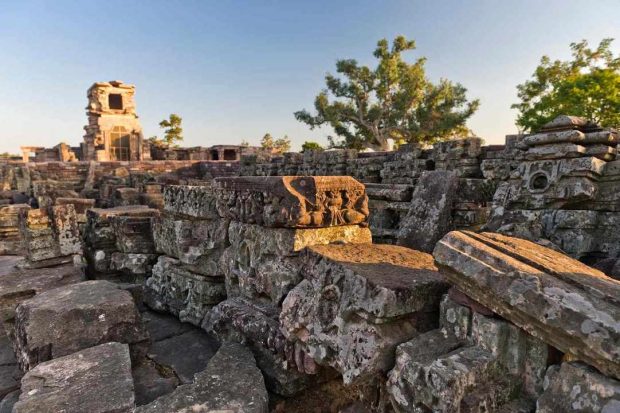
Maurya is the name of the world’s first empire that was able to control a large part of the Indian peninsula. Maurya was established in 321 BC after the overthrow of the Achaemenid Empire by Alexander the Great and continued to exist until 185 BC. This empire reached the peak of its greatness under the reign of Ashoka and was able to conquer many regions, including Afghanistan, through war and diplomacy.
The Mauryan kings made great efforts to spread Buddhism and brought peace and prosperity to their people for many years. This great empire benefited from a powerful tax system with a vast network of rulers assigned to different regions. These rulers encouraged people to trade, especially along the Silk Road and supported agriculture and trade.
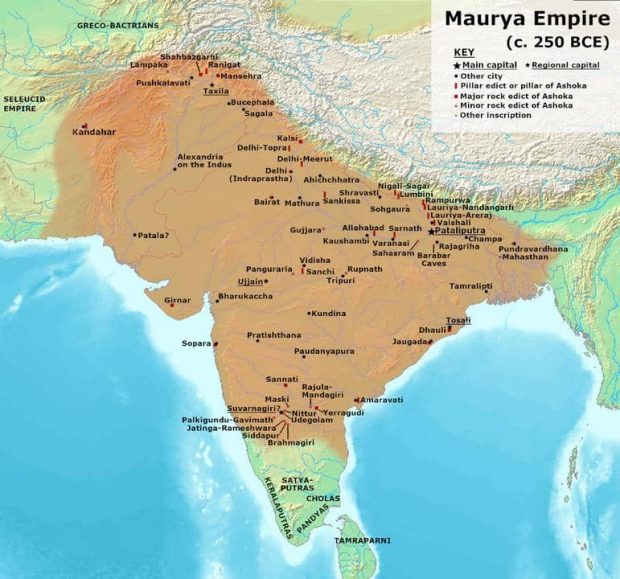
The Maurya Empire was a fan of culture and art and was influenced by the Achaemenid Empire. The Mauryan kings even ordered to record their decrees in stone inscriptions or pillars, imitating the Achaemenids.
Assyrian Empire
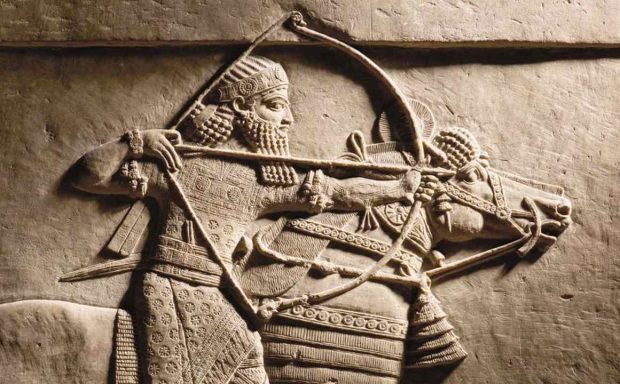
The Assyrian Empire was one of the Middle River region’s most critical power centers. This empire was present in northern Iraq and southeastern Turkey from 900 to 600 BC and was able to expand itself as one of the most influential ancient civilizations. Assyrians had a high ability to besiege cities and built their cities with many defensive fortifications. They could dominate their neighbors thanks to their highly disciplined military structure.
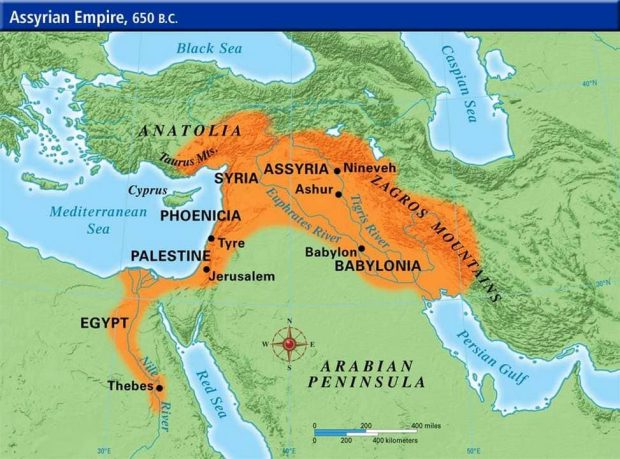
Of course, Ashur had many negative points. They behaved brutally in their attacks and even considered blinding their enemies as favored by the gods. Also, because the Assyrians had a small population, they preferred to disable or eradicate the opposing people when they conquered an area. They prepared one of the largest administrative organizations of the ancient world and collected taxes with a unique system of people under their command.
Finally, Medes and Babylon, who felt threatened by the Assyrians, destroyed the Assyrian empire in a united attack. This event began the rise of the Medes and their transformation into a mighty kingdom.
Caliphate of Cordoba
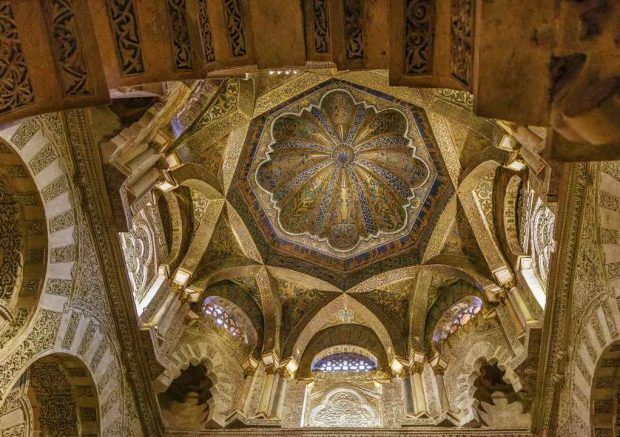
After the expansion of the Islamic empire, parts of Europe fell into the hands of Muslims, among which Spain can be mentioned. Naturally, this issue could not please Christians; But they had to live under Muslim rule. However, after the initial conquests, Cordoba in Spain became the site of one of the most successful Islamic governments in history.
Although the caliphate of Córdoba is considered a political and military failure for Christians, it can be regarded as the golden age of Spain; in some ways, Córdoba was also the first independent political entity of the Abbasid Caliphate, and its rulers called themselves Caliphs. Their positive performance made Córdoba the center of art and science in the Iberian Peninsula.
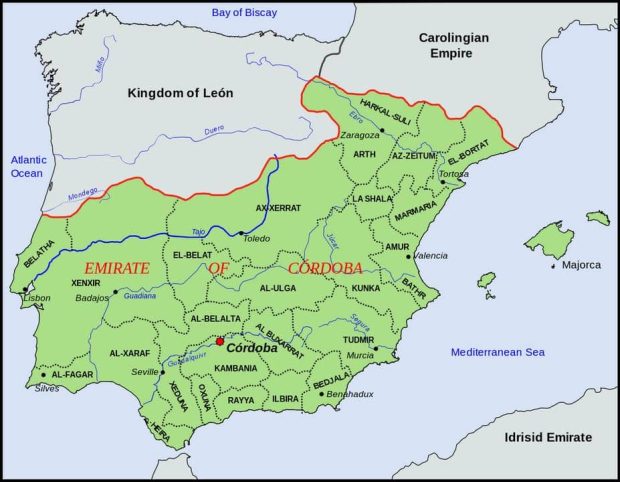
Architecture and poetry flourished during this period, and capable people from all over Islam came there to acquire knowledge. Córdoba also became an important and rich center in terms of trade, so a large number of people went to it.
Xiongnu Empire
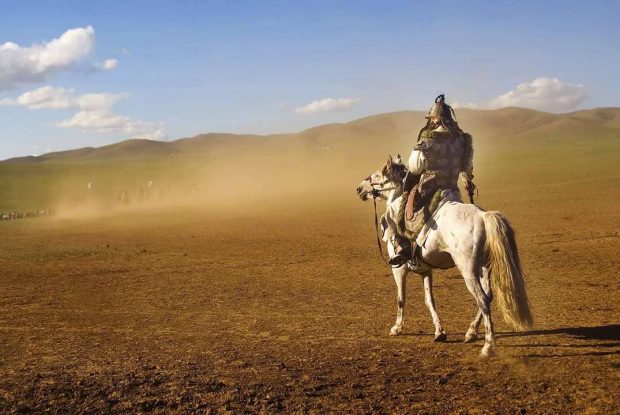
Xiongnu is the name of an empire of nomadic tribes that lasted from the 3rd century BC to the 1st century AD. This empire was first present in the central parts of Asia. Still, it gradually took over parts of the Eurasian steppe, including Mongolia, Kazakhstan, China, and Russia.
Modo Chanyu was the first king of this empire and could bring relatively good prosperity to the people under his rule. In general, the people of the Xiongnu were skilled in horse riding and were brave warriors, making it easy for them to expand their territory.
However, after controlling critical commercial centers, cultural exchange with neighbors and extensive political relations were adopted as a proper governance model.

According to history, this great empire has influenced Chinese culture. They could rule Central Asia for more than 500 years by creating a network of tribes. Some experts believe that Xiongnu was from the northern Iranian tribes. Significantly, many words related to them, including the names of tribes and kings, are taken from the language of the Scythians (Iranian tribes). Some even believe that most of the tribes spoke the Scythian language.
Tiwanika
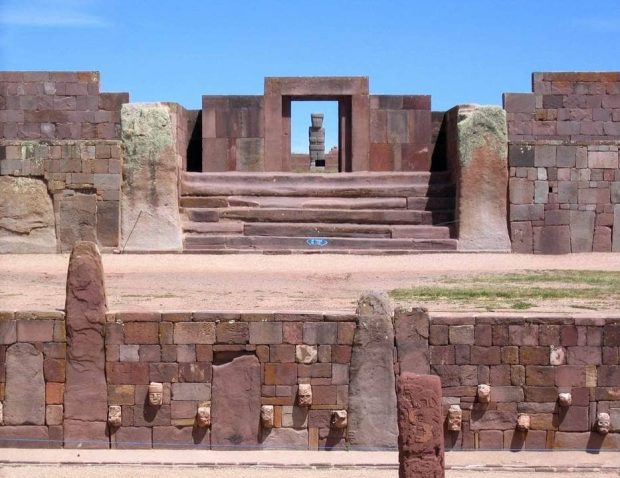
Tiwanika is the name of a civilization that existed between 400 and 900 AD in the Andes region of South America. This civilization was mainly formed near the southern shores of Lake Titicaca, and it can be said that it included parts of present-day Bolivia, Peru, and Chile. Tiwanika gave a lot of importance to architecture, so impressive monuments, statues, and stone inscriptions can still be seen in their capital.
Some experts believe Tiwanika was governed by a network of monks and nobles and had a tremendous cultural and economic impact on the neighboring lands. They were located in a critical area and could provide food for more than 60 thousand people by expanding agriculture.
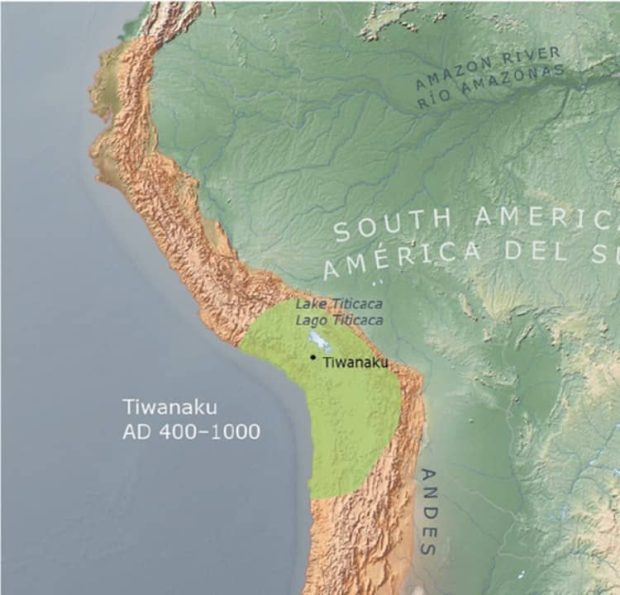
However, another expert group does not consider Tiwanika an empire. According to them, Tiwanika lacks some features required for this. First, no signs of a defensive structure or different weapons have been found around Tiwanika. Second, there are no signs of royal tombs, hierarchies of rule, or a specific line of kings.
Finally, the government protected roads and border posts in all empires and created markets to expand trade. But these things do not apply to the alleged Tiwanika empire. According to these experts, Tiwanika was a network of powerful families with different cultures who decided to work together to build magnificent buildings and expand agriculture.
yuan
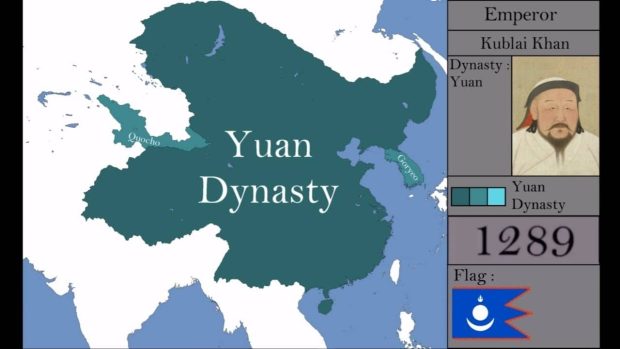
Yuan can be seen as the continuation of the Mongol Empire in China. This empire existed in 1271 and could control many of China, Mongolia, and other nearby areas. Kublai Khan was the most powerful ruler of this great empire and was able to create a powerful central government in China. During the lifetime of this empire, the Mongols held the top ranks of the government, and the Chinese held middle management jobs.
Significantly, the Mongol rulers promoted trade with other regions, including Asia and Europe. This combination made China experience economic and cultural prosperity. Finally, internal conflicts and economic and social problems caused the Yuan to weaken, and it was overthrown in 1368 with a great rebellion.
Although the Yuan Empire ended, its rulers ruled Mongolia until the 17th century and considered themselves the rightful kings of China. However, they could never regain their former glory.
Khmer Empire
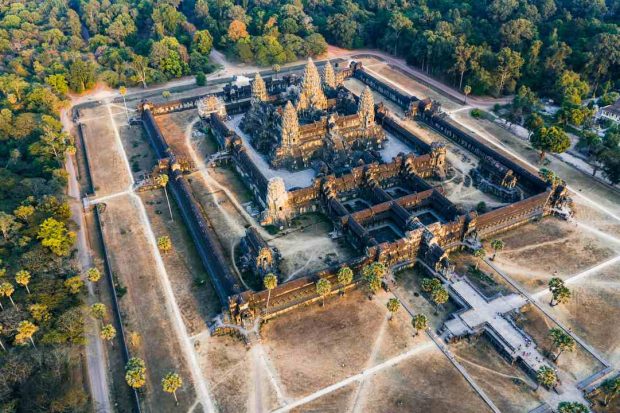
Another great empire of the world, which is less known, is called Khmer. This empire was present in Southeast Asia from 802 to 1431 and can be considered a combination of Hindu and Buddhist civilizations. The Khmer Empire was first formed in today’s Cambodia, But little by little, it was able to occupy areas of Thailand, Laos, and Vietnam.
The Khmer rulers had built an elaborate irrigation network to expand their rice-based agriculture. This advanced and successful agriculture also made this empire reach greatness and influence many surrounding areas. However, later the rulers’ incompetence in managing the water crisis, damage to agricultural products, and the plague spread caused the empire to weaken and kneel before the Thais.
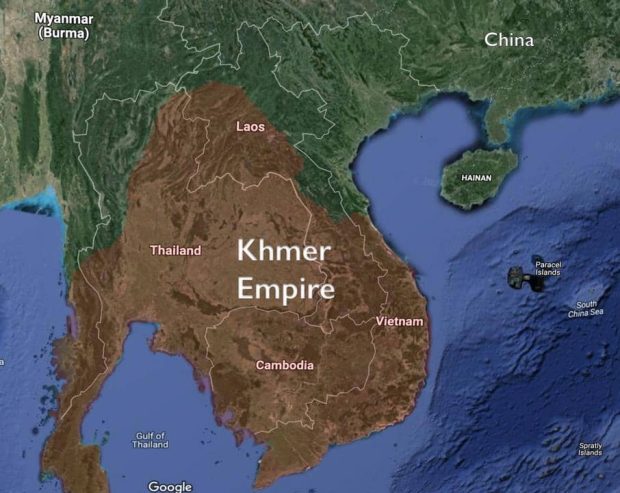
There are few remains of the Khmer Empire, But one of their attractive innovations is the Angkor Wat temple complex. This temple was initially dedicated to Vishnu, the Hindu god, But with the spread of Buddhism, it became the center of Buddhist worship. Angkor Wat is the largest religious building in the world and is still used as a place of worship today.
Financial empire
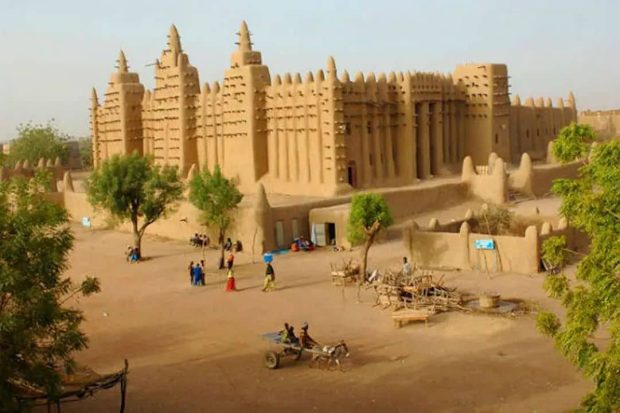
Most people imagine the past of Africa as a poor region where people lived a tribal life and were far from civilization. However, the tremendous financial empire proves this notion to be wrong. Sundiata Keita founded This empire in the 13th century and lasted until the 16th century. Mali is one of the natural world’s highest and most prosperous empires.

This empire focused on trade and supported caravans from different regions. This massive African empire was also full of gold and salt mines. This vast wealth allowed them to build magnificent buildings. This also caused Mali people to get acquainted with other cultures, and a revolution was created in this region’s art, architecture, and science.
Kingdom of Kush
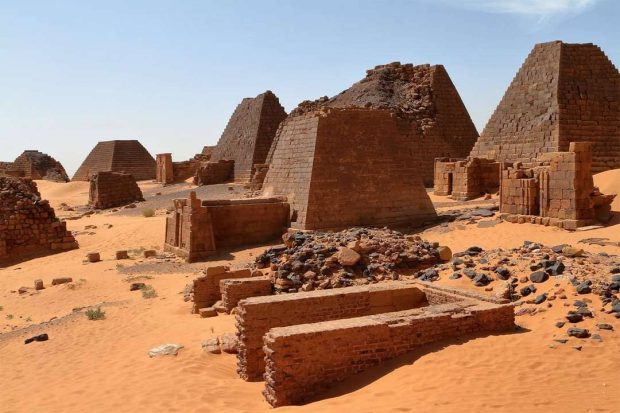
The Kingdom of Kush is the name of an African empire that arose near the Nile River. The Kingdom of Kush was first created in present-day Nubia, including parts of Sudan and Egypt. Kush lasted from 1070 BC to 350 AD, forming one of the world’s longest-lived empires.
Interestingly, the Kush Empire was formed due to the independence of the Nubian people from the Egyptian pharaohs. Still, later they became so powerful that they even occupied Egypt. They started the twenty-fifth dynasty of ancient Egypt and ruled Egypt as pharaohs between 747 and 656 BC. Experts believe that their power was created as a result of extensive trade; Because they were at the center of the exchange of goods between African civilizations and the Mediterranean region.
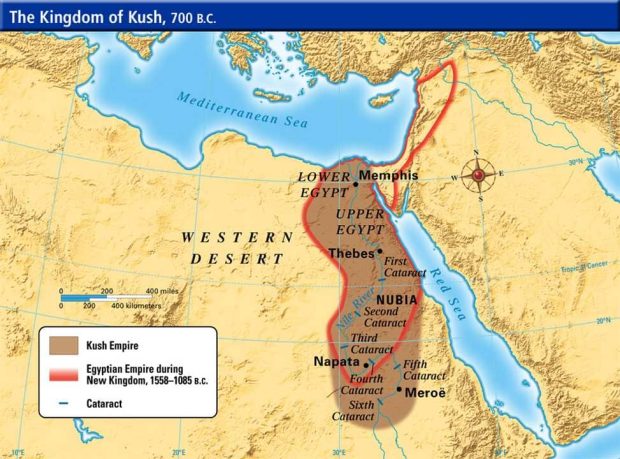
The great empire of Kush was greatly influenced by Egyptian culture and adopted various aspects of its culture and rituals. During the Kingdom of Kush, the Nile region used its gold, ivory, and other valuable resources for trade with other areas.
The glorious Achaemenid Empire
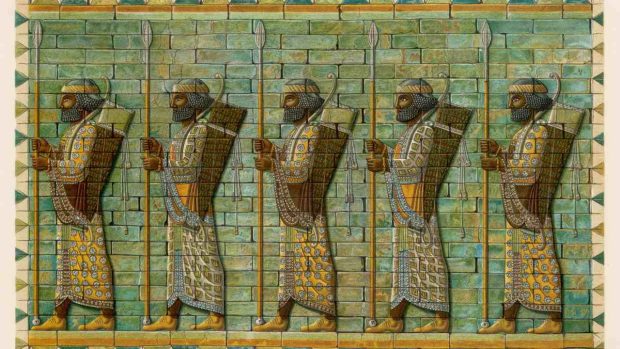
One cannot talk about the great empires of history but did not mention the Achaemenids. The Achaemenid Empire ranks as the 20th most extensive empire in history, But in its time, it was known as the largest centralized empire in the world and had 44% of the world’s population under its control.
Cyrus the Great founded this proud empire and adopted a different policy. While other countries were proud of slavery, destroying other civilizations and humiliating peoples, Cyrus decided to respect people with different beliefs and rituals and provide them with comfort and well-being. This tolerant policy also allowed Cyrus’s successors to maintain the Achaemenid Empire as a significant power in Eurasia until 331 BC.
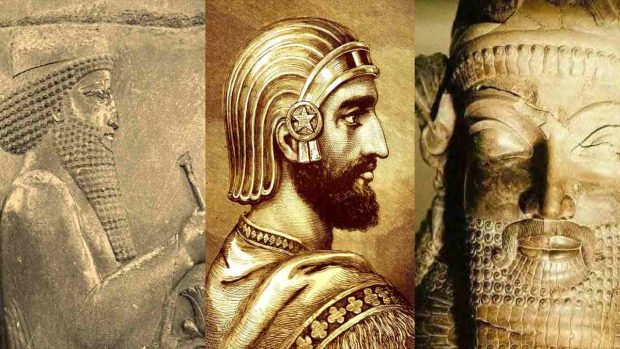
The remains of the great Achaemenid Empire show their advanced management and administrative system. For this purpose, even particular roads were built so that different parts of the empire could be connected and the king would be informed of the events in the shortest possible time.











